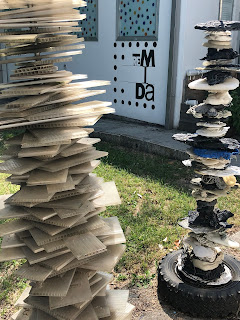Centro Educativo Italio-Svizzero (CEIS) School ( www.ceis.rn.it ) The CEIS school was established in 1946 in Rimini, Italy after WWII. With the town in ruins, the mayor of the town, Arturo Clari, asked for help from everywhere. Switzerland send Margherita Zoeli, who founded the school. It is fashioned from wooden barracks from the Swiss army. Children and staff call CEIS "Il Villaggio" (The Village). The community school served as the hub of the community, offering 'furniture packs' (consisting of two wooden beds, a table and four stools a cupboard, pots and pans, plates and cutlery, and also offered workshops on carpentry, tailoring, and shoemaking to preserve the dignity of the population. The focus of CEIS is to educate all children. The philosophy is inspired by progressive pedagogic theories (Freinet, Cousinet, Froebel, Laporta, Borghi, De Bartolomeis); education is rooted in the concrete - it must be practical and part of the ...







